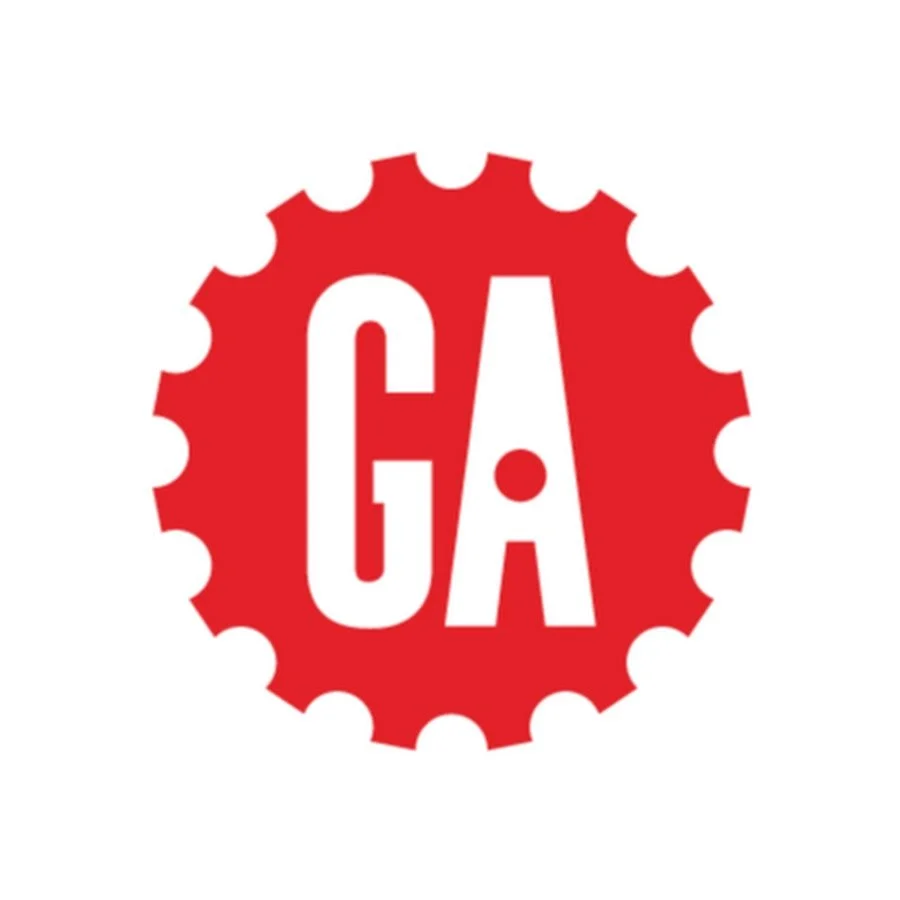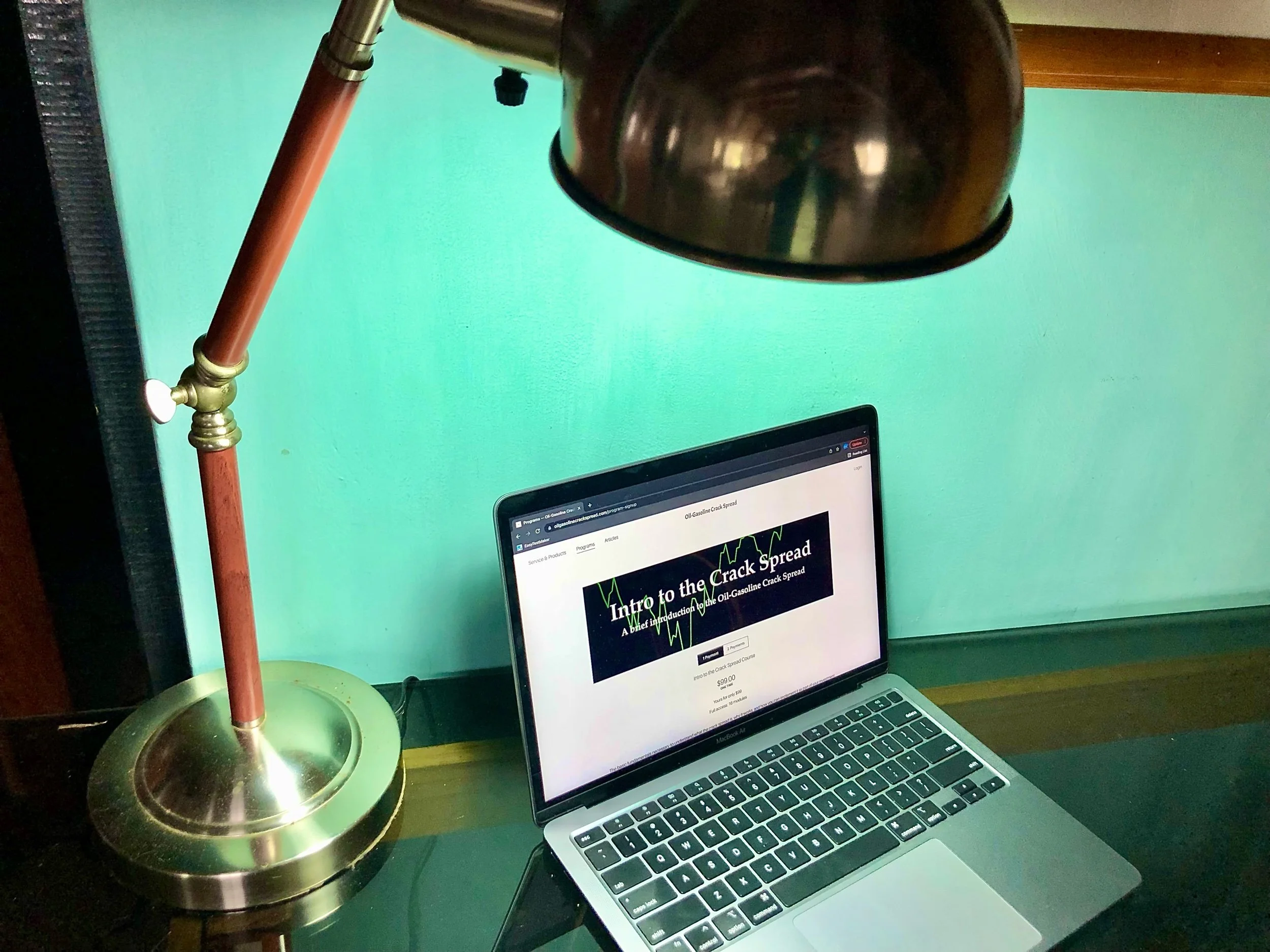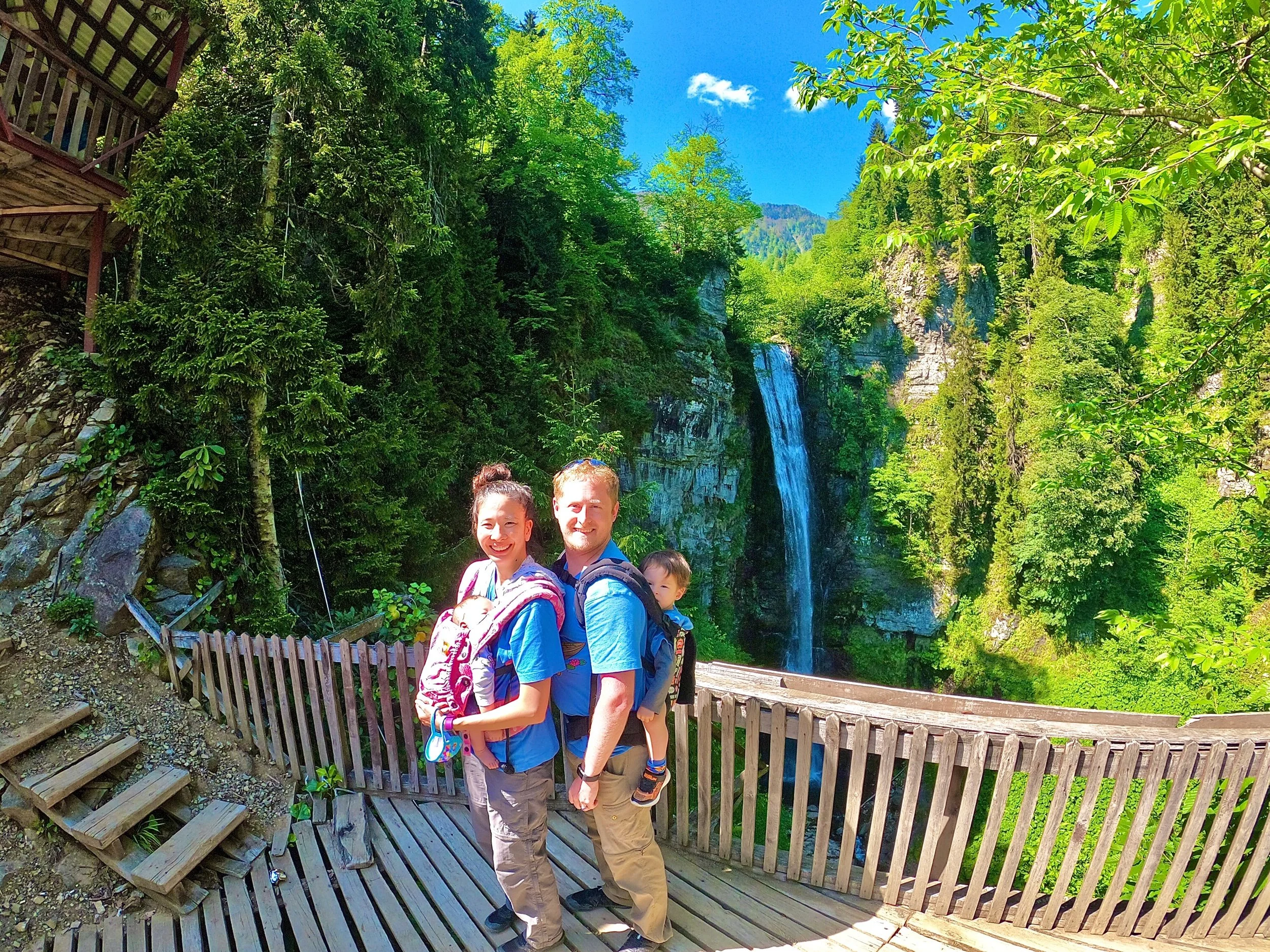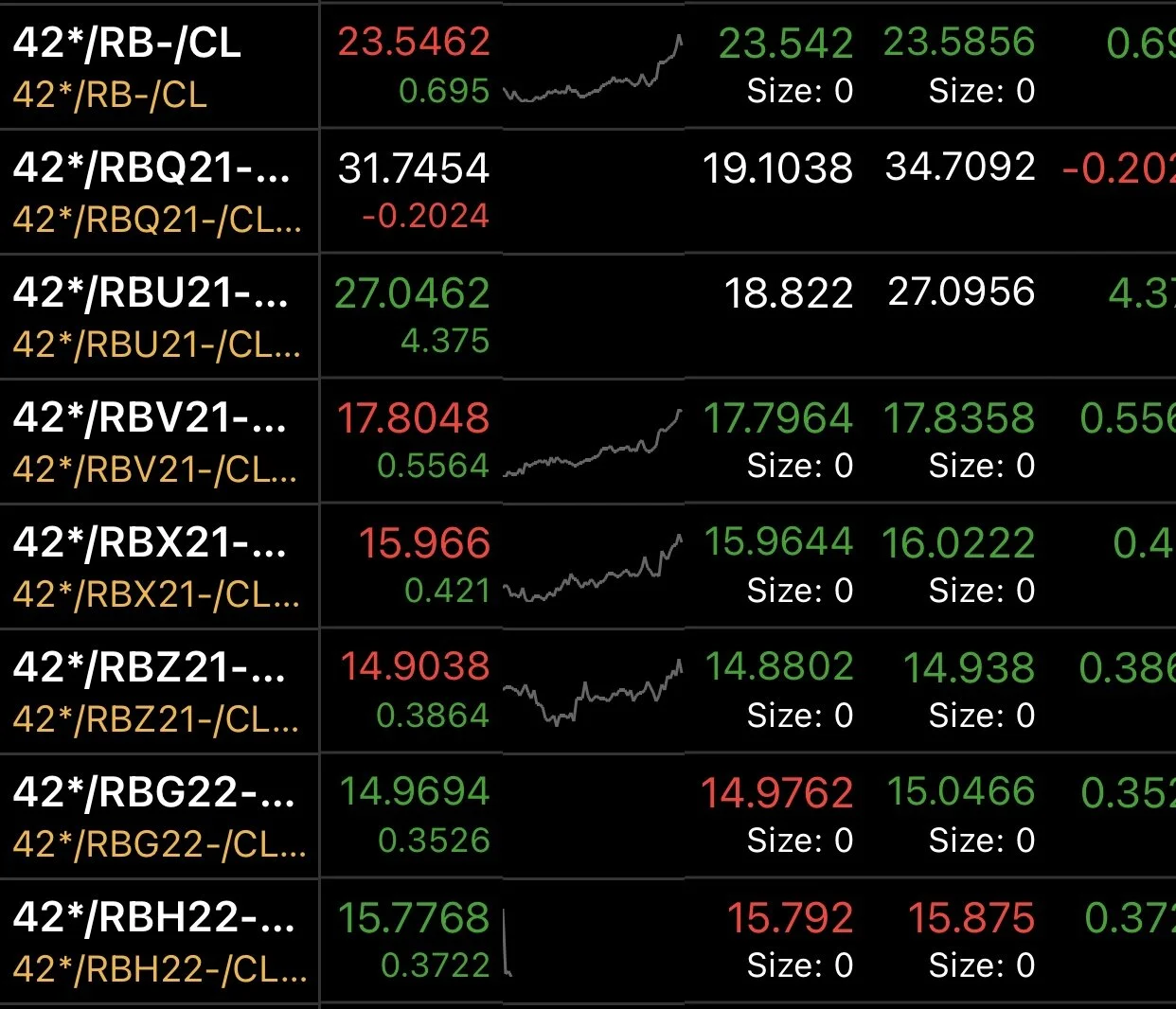Successful Blogging - Increasing Traffic to Your Website
Please note: This post may contain affiliate links. See our disclosure to learn more.
Remote Jobs > Online Businesses > Successful Blogging > Increasing Traffic to Your Website
Note: This section continues from Successful Blogging - Researching Effective Content
The Free Nomad Guide was designed to help people become successful as a blogger, podcaster, YouTuber, influencer, or other type of digital nomad. In this section of the Free Nomad Guide, we focus our attention on making the path to becoming a successful blogger as easy as possible. We remove all of the mystery by providing a clear and logical step-by-step process that both increases engagement and maximizes your revenue much quicker than the average blogger. So, congratulations on choosing this path and welcome to the blogging community!
Blogging Step 3: Increasing Traffic to Your Website
Almost every blogger will tell you that two methods are the most important methods for growing traffic to your blog over the long-term, and we would agree:
Search Engine Optimization (SEO)
E-mail Lists
However, the best rapid growth strategies for building traffic in the short-term are:
Pinterest
Facebook
We’ll show you how to use these four methods to maximize your traffic from the start. But, one other thing that we’ve found really works well is simply to have buttons on our blog that allow readers to share it with their friends. This is another great way to boost traffic. Learn how to do that by checking out Hubspot’s article: “How to Create Social Media Buttons for All the Top Social Networks”.
There are a few other methods as well, such as using other social media apps - like Instagram and Twitter - or advertising, but we’ll focus on the methods that work the best to make the biggest impact.
You can only focus on so much at once, so it makes sense to focus only on the methods that are giving you the biggest return on your time investment.
Additionally, we are introducing email lists and funnels in this post as well, because nearly all successful bloggers claim that building your email list(s) while your traffic is growing is extremely important - as you will need this list for the next section - Making Money from your Blog.
That spike is an example of what short term strategies can do in terms of traffic. The steady incline afterward is an example of what long term strategies can do in terms of traffic.
Search Engine Optimization (SEO)
It would be nice if traffic just came to your website without you needing to do anything. Imagine if you had organic traffic of 10,000 per month, or maybe 25,000 per month, or even 100,000 per month, wouldn’t that be great? Well, there is a way to make this a reality, and it’s through SEO.
Organic traffic: Visitors who find your website after using a search engine like Google or Bing, so they are not “referred” by any other website.
Making sure that each of your articles are optimized to show up in search engine results is key to growing a steady flow of monthly visitors. There is no other method that will bring you continuous monthly traffic without adding additional work on a regular basis. Neil Patel, an authority on SEO, states: “You have to publish the kind of content that will drive traffic and grow your business.”
While quality SEO is the best long-run method to increase your websites traffic, it is also the method that grows the slowest - thus, it is important to use other methods in conjunction with SEO to boost traffic in the beginning.
It is important to balance content creation with traffic building. The more organic traffic that you get, the more time you’ll have to create additional content.
To do this correctly, you will want to focus on these key areas:
Getting Others to Acknowledge You as an Authority
Using “Pillars” to Build Authority on Topic Categories
Writing Great Content (we talk about this in our post “Researching Effective Content”)
Additional information is located in the “Using Keywords” section below.
Rising in Social Popularity
Off-Site SEO: Backlinks and Link Building using Social Media
Good On-Site Experience (we talk about this in our post “Building your Website”)
Achieving Local Relevance
BUILDING AUTHORITY
In our previous post - Researching Effective Content - we gave tips on how to pick a topic for your blog that would work well for SEO (by using KeySearch).
You are going to want to organize your web pages by subject matter and categories.
After picking a topic, we recommended further researching keywords related to your topic that you could use as "pillars”. Pillars are the main categories of your topic - if you broke down your topic into a few main pieces, this is what your pillars would be. Make sure that your pillars are also keywords!
As a travel website, our main pillars are: Traveling from Home, Travel Itineraries, and Traveling Forever
Other Pillars could have been: Travel Tips & Tricks, Travel Gear, Retirement Travel, Medical Travel etc
Figure out which pillars best describe your niche and choose those
Then, each pillar should have a number of sub articles to strengthen your expertise on that subject. The more you write, and the deeper your depth on the subjects, the more your authority on a particular subject becomes.
USING KEYWORDS
Once again use the best keywords - the ones with the highest volume and the lowest competitive scores - to build an outline for each of your blog articles (depending on the subject matter). You’ll want to choose a main keyword to aim for, and pick 50-100 related keywords to sprinkle throughout your blog post. You can do this by incorporating the keywords and key phrases into your:
blog titles (and keeping a similar headline as well)
URL links for each article
the first couple of paragraphs of the blog articles
the headers - by using header tags (H1 - main keyword, H2, H3)
lists (a.k.a. “an index” using the main topic sections)
optimizing image names and ALT tags
and avoiding the use of keywords in your Meta description (article summary descriptions)
Use summary descriptions to highlight and draw in a potential viewer
You could have tens - or even hundreds - of articles for each pillar over time, but each should be constructed in this way. However, using keywords in this way is enough. After that, just write naturally for each section and make sure you write at least a paragraph about each part.
If you do this correctly, it will help you acquire organic readers - people you do not need to ask to visit your blog - who come in naturally because they are already searching for that content on search engines like Google, Yahoo, and Bing. As a new blogger, your goal is to get on the first page of the search engine results.
Using this method as the Skeleton of your article will help you pull in the most organic traffic possible without going over the Google limits on “keyword stuffing” that could end up backfiring on your SEO strategy - as Google penalizes those that it believes are “keyword stuffing” their posts (with more than 3% of their post being keywords).
We recommend picking a topic that you can turn into a series, which consists of 3-8 articles in a row, as this helps further build your authority on the subject while allowing you the ability to consolidate them in the end into a mini-book which you could then sell digitally through sites like Amazon (see more in “Making Money from your Blog”).
Interlinking: Additionally, make sure your pillar article links to your sub articles and that your sub articles link to other sub articles as well as your pillar page. Linking shows search engines that they are all related, helping build your authority in a comprehensive subject.
In the end, it should look like this:
Topic (your unique niche topic keyword)
Pillar 1 (a keyword describing the first main category of your topic, with links to your Sub Articles and/or Sections)
Sub Article 1 (keyword focused, specific detailed article on one item in this category)
Linked to Pillar 1 and other Sub Articles
Sub Article 2 (keyword focused, specific detailed article on another item in this category)
Linked to Pillar 1 and other Sub Articles
Pillar 2 (a keyword describing the second main category of your topic)
Sub Article 1
Sub Article 2 etc
Pillar 3 (a keyword describing the third main category of your topic)
Sub Article 1
Sub Article 2 etc
We recommend focusing on one pillar at a time while you build up your website as this will give you a strong base quicker than if you tried to build 3 or 4 pillars at the same time. Once you have your main topic, your pillars, and a good idea on what you want to write about in each of these pillars as sub articles, it’s now time to start writing the articles themselves.
OBTAINING BACKLINKS
What are backlinks? They are links to your website from other websites. Building your off-site SEO will help increase your website’s authority, which increases your ranking in search engines - driving more traffic, and also directly drives more traffic to specific pages of your website.
If you’re building high quality and relevant backlinks, it indicates to search engines that your content is valuable and you’re a reliable source for that topic.
Here are some of the primary ways to increase the number of backlinks to your website: social bookmarking, blog & forum commenting, content marketing, social media, link outreach, guest posts, interviews, and infographics.
Making shareable images, infographics, and quotables are some of the quickest ways to grow the number of backlinks that you have out there. These should be designed in a way that will make people want to share them.
Writing content for larger sites - in the form of a guest post - on one of your pillar subject areas is a great way to build your authority and obtain a backlink. Reach out to some major sites to ask them if they are interested in content in your key pillar areas.
While most blog and forum comments come through as “nofollow” links, even these can help your website authority if they are made on other high quality sites with an excellent website authority ranking.
Interviews work well, but they are easier to obtain after your blog has already become at least moderately popular.
See more in the sections below about social media.
TECHNICAL SEO
Take note that we covered aspects of “technical SEO” in a previous post in this blogging series about Building Your Website. Some aspects of technical SEO include: website structure, link structure, meta tags, usability & friendliness, indexability, image optimization, site speed, code, errors, and schema.
Additionally, we recommend developing an elevator pitch that delivers a quick synopsis of what your business is about, and the benefit it has to offer. This could be used for the “about” section of your website, social media apps, and even to quickly share about your blog in just about any other instance as well.
LOCAL SEO
If you are a business that is just adding a blog to pull in more customers, and you have a brick-and-mortar address and location, please note that Local SEO will apply greatly to you and your blog’s growth. As this is a post designed for people who use their blogs for location independence, it will not be covered here apart from recommending that you check out this article: Local SEO Guide (Part 1): Why It’s So Important.
ADDITIONAL INFORMATION
For additional ways to optimize your page, see the image from MOZ below. While it gives great advice, we recommend focusing only on the strategies that we’ve suggested above as trying to hit every key point on the list below would require that your only job was as the SEO Manager - you simply wouldn’t have time for anything else.
Using Email Lists
Email may seem like an outdated way to drive traffic, but it’s one of the best ways to get repeat traffic. Subscribers have already seen your content and liked it, so they are likely to want to see new content you produce as well. Your subscriber list is also something that you “own.”
Even if Google, Facebook, Pinterest, Instagram, etc. shut down / close your account / penalize your SERP (Search Engine Results Page) rankings – you will still be able to reach out to your email subscribers. But how can you increase your email subscriber list?
The best way to grow your email list is by offering a “freebie” of additional beneficial information. Additionally, it helps to have social sharing buttons near the top of your articles and a discreet (or overt) pop-up to ask people to sign up. We'll also recommend having a free webinar as well.
Offering a freebie. Make sure that it is related to your content, of course. It can be things like a free travel itinerary for your travel blog, a week of meal plans for your recipe blog, or a lettering printable for your design blog.
It’s best if your freebie offer is related to one of your website pillars. That way you know your subscribers are interested in that topic and you can send them more information and updates as you publish more content.
How to offer a freebie:
Write your blog post
Create content that expands on that post in further detail and with additional helpful information
Offer an option near the bottom of the post for prospects to receive the expanded content if they provide their email to you
Similarly, you could create a website-wide incentive that you display on your side bar. This way you only have to produce one piece of additional information that will be seen at all times.
Some examples of these offers are: ebooks, white papers, checklists, resource lists, guides, or even free software tools
The webinar is a short video presentation that is essentially the same thing as the website-wide incentive. However, the video is limited to 15-60 minutes of run time and requires a sign-up to “secure a spot” at a specific time.
To receive an invitation to the webinar, a link will then be emailed to the prospect. Of course, this requires that they have first given you their email.
A series of webinars, introducing prospects to your pillar areas of your website, or specific products, can pull in a large number of subscribers.
What email services to use to grow your lists
A free email list host is Mailchimp (up to 2000 subscribers). It’s easy to setup and send regular updates. You can even automate it to pull from your RSS feed to send updates automatically with new content you’ve posted in the last week/month/quarter. But if your goal is to increase traffic AND convert that traffic into sales, you’ll want to invest in an email host that’s more than just an automated newsletter sender.
There are services like ConvertKit, Aweber, and MailerLite to name a few that can help you sort out what your subscriber interests are. You set up the emails to have your subscribers choose if they want more info on a topic, and then they will be sent a series of emails based on what they clicked. These automated systems do come with monthly fees but – like any business – sometimes you need to invest a little to make a lot.
According to HubSpot, email generates $38 for every $1 spent.
If you can’t afford the paid services yet, use Mailchimp to build your email list anyway. You can always switch over later. ConvertKit will even provide a dedicated concierge to help you switch if you have 5,000+ subscribers. The important takeaway is to start building your email subscriber list now. It is an essential part of growing your website traffic and building your following.
Photo by Tracy Le Blanc from Pexels
Social Media Traffic
To boost the number of viewers you get (your “traffic”), you’ll want to get the word out by sharing your blog posts via social media. You can greatly increase traffic to your website - especially in the early stages - by sharing your posts (old and new) on a regular basis in places like Facebook groups and Pinterest. These are the secrets to growing your blog traffic while securing a base of loyal fans that share your posts and keep coming back to your website.
Pinterest: This social media app could end up being the key ingredient in growing your blog traffic. Most bloggers will vouch for the effectiveness of Pinterest in growing their blogs. It is a free platform and it can provide for explosive growth to your website almost immediately. On this platform, you will create an image that you will be able to share with other users who will “pin” them to their page. People will search for topics on Pinterest and then see, and click on, these “pins” on peoples pages, which will redirect them back to your blog. It's fairly easy! Here are the steps:
Grab a free picture that illustrates your topic from a place like Pexels (website) or Adobe Spark Post (an app).
Using a text brick with a white background - insert a catchy broad-based topic that is targeted to the majority of Pinterest users (Caucasian Middle-Class American Women).
Join a Facebook Group like “Travel Bloggers Guide to Pinterest” or “Travel Bloggers Club” and join into a Pinterest Thread. You will need to pin everyone else’s pins to your Pinterest Board, but they will do the same for you. This will create the maximum exposure for your post!
Next, do the same thing for each of your posts - one post per Pinterest Thread. You can even make multiple pins for the same post if you run out of pins to share.
Facebook: We’ve found that you can boost your traffic by around 2,000 views per month simply by sharing an average of 5 posts per day (4,000 views per month with 10 posts per day, etc etc) by using Facebook Groups. We recommend joining as many Facebook groups as you can that are related to your blog. It’s simple, but it can be cumbersome looking for posts that you can respond to.
When someone asks question in these groups that you may have already made a post about, you can respond to their comments and (usually) include a link to your blog article as well (some groups forbid it, make sure you pay attention to the rules when you join).
If they are asking questions that you know the answers to, but you haven’t written a post about it yet, you may still answer their questions. Copy your answers and keep them as notes. If enough people are asking questions like this, you will eventually have enough information for a full post - that you can create and share in the future!
Only answer people’s questions in these groups with your posts, don’t randomly post links to your articles as new topics in the group (known as spamming your posts) or you are likely to get banned.
Try not to overwhelm the groups with your posts, or they may cut you off. For example, if you are commenting on every other post in the group, then you are likely to be banned.
Keep tabs of each share that we make and try to only share once or twice per day to any one group (if they have high traffic and there are many questions being asked each day) or once every few days if the traffic is lower.
You may even consider starting your own Facebook group as well.
Instagram: This platform requires even more time, mostly because they keep switching up their algorithms which makes it difficult for you to grow a real audience.
Your posts will appear more often on people’s Instagram feeds if you make posts more frequently and frequently make unique comments on other posts.
You can improve the range of who sees your posts by adding in hashtags (like #wanderlust), but you are limited to 30 per post.
The more hashtags you use, the less Instagram is willing to show your posts on other people’s feeds. Instead, your posts will only show up on the feeds of those hashtags, so try to keep your hashtags to around 5-7 per post.
If you use many hashtags on every post, and especially if you use too many hashtags that appear random instead of closely related to your post (they can check your location tag against the hashtags), then your post will be shown less in Instagram feeds.
However, you could jump-start your traffic from these sources by letting FiringTable grow them for you, or you could try Tailwind for free to cut your Instagram and Pinterest workload down to only a few hours a month. These are the only real feasible solutions because otherwise you’ll end up only focusing on these social media platforms entirely, and you simply won’t have time to write a blog at all. Some really famous Instagrammers started out with blogs that are now essentially old unfinished websites that they haven’t touched in years because they got caught up in Instagram and never had a moment to go back.
Paid Ads
The two most effective ways to build traffic through paid ads are through Google AdSense and Facebook Ads.
Using Google AdWords is a great way to build your ranking on Google, artificially at first and then - because many people click through to your articles during the advertising period - also in the longer term. However, this also depends on the quality of your articles.
If you pay for a bunch of people to come to your articles and they look at it and decide to leave within 30 seconds, this could really hurt your article’s traffic in the longer term. So it is quite important to make sure you are promoting only the material that you think is going to keep people on your page for over 2 minutes.
If you’re considering using Google AdWords to increase your traffic, we recommend checking out these articles:
Facebook Ads work in a slightly different way. Having a presence on Facebook is sort of like having an email list, but with a higher chance of being shared with other people. When you advertise on Facebook, you will want to try two different strategies:
Targeting people who will like, comment, and share your posts
Targeting people who will click through to your blog article
The first method that you’ll want to use is to get as many likes, comments, and shares as possible. The reason for this is that when people like, comment, or share your posts, you will be able to invite them to “like” your Facebook page. This is similar to building your email lists.
The more people who are following your Facebook page the better in the long term, because you are able to promote your own material on your page as often as you’d like, and many of your followers will see this at no cost to you.
As you start advertising to get people to click through to your blog articles, you’ll want to focus some funds toward acquiring new Facebook followers and additional blog traffic as well as some funds to advertise specifically to your own followers. As you’ll learn in the next part of this series, targeting people who are already your followers is part of the marketing process, and helps build a relationship and conversions.
If you’re considering using Facebook Ads to increase your traffic, we recommend checking out these articles:
Remember - Key Takeaways
Now that you've set the foundations for long term traffic growth, and you’ve jump started your traffic in the short term, with your:
SEO strategies - Authority, Keywords, Back-links, and Technical
E-mail strategies - Freebies, Incentives, Content Upgrades, and Webinars
Social Media Strategies - Pinterest, Facebook, Instagram
Using Paid Ads - Google AdWords & Facebook Ads
…the next thing that'll you'll need to learn how to do is to implement the required methods that will actually make you money from your blog!
If you haven’t looked at them yet, check out the other sections of this “Easy Path to a Successful Blog”:
Make sure you sign up for the “Become a Nomad!” email list to be notified when new digital nomad income methods are released. You don't want to miss them!
<<< Can’t wait? Check out The Blog Millionaire for a full course right now! >>>
Thank you VERY much for reading our article. We actually created this website to help people reach financial independence. Did you know that by having a remote job and traveling endlessly, or living in a country that has low costs of living, you can actually reach retirement quicker? Plus, retirement abroad is up to 75 percent cheaper as well! Learn more by exploring our website: EatWanderExplore and REmotiFIRE.
See our Thank You page to sign up for our free weekly newsletter - you’ll receive only 1 email per week letting you know about our latest travel articles, remote-work life, and amazingly affordable destinations!
Found this post useful? Buy us a coffee to help support this site’s running costs OR share this article with a friend.












![Tech Elevator Demystified: Reviews, Legitimacy, and Winning Alternatives [2024]](https://images.squarespace-cdn.com/content/v1/5a028c7bbce1766d207a8a6f/1707008329038-96GH4TTYZATP6N3WDWXR/tech_elevator.png)
![Cracking the Code: Coding Dojo Reviews, Legitimacy Check, and Top Alternatives [2024]](https://images.squarespace-cdn.com/content/v1/5a028c7bbce1766d207a8a6f/1707007756149-VSJNN2PHHX2RWK6RSVQM/coding_dojo.png)


![App Academy Unveiled: Reviews, Legitimacy Check, and Top Alternatives [2024]](https://images.squarespace-cdn.com/content/v1/5a028c7bbce1766d207a8a6f/1707008090320-IUIIV4T416FP5ILRGK5W/app_academy.png)
![CareerFoundry Decoded: Reviews, Legitimacy, and the Best Alternatives [2024]](https://images.squarespace-cdn.com/content/v1/5a028c7bbce1766d207a8a6f/1707008030234-CZTE1805JUCU2M2GK7RO/careerfoundry.png)




















